
Digital Art has been continuously developing, and thanks to technology, it gets even better and easier.
3D modeling is a technique employed in computer graphics for creating a three-dimensional digital representation of any object or surface.
3D modeling is used for a wide range of purposes, including the design and manufacture of objects, architecture and engineering, education and scientific research, video games, and film and television.
3D modeling software adds value and eases the 3D modeling creation task. As technology advances, they has become an essential tool for various industries and personal projects.
They help to bring design concepts to life and allow for realistic visualization of products, buildings, and even characters for movies and video games.
There are many options available when it comes to 3D modeling software, ranging from free and open-source software to expensive professional software used in the entertainment and architecture industries.
Additionally, All 3D modeling software has its own set of unique features and toolkits, so mastering two or more might be challenging. It takes time to learn the skill and get familiarized with different tools.
Spending a lot of money on the wrong software is a good way to sabotage yourself in the long run. So you need to choose carefully to make sure you find the best 3D modeling software for you.
When choosing a software, it’s important to consider what you want to achieve with your modeling, as well as your skill level and budget.
In this article, we review the 12 best 3D modeling and design software. We’ll cover all the important aspects you need to know, from price and usability to what person each program is best suited for.
CAD vs 3D modeling software: which one to choose?
3D Design software divides into two categories: CAD and 3D modeling.
CAD (Computer-Aided Design) and 3D modeling software are similar in that they both allow you to create 3D digital models. However, they differ in the way they are used and the types of models they are designed to create.
CAD software is primarily used for technical design, 3D printing and engineering purposes, and focuses on precision and functionality. It’s often used to create detailed technical drawings, schematics, and manufacturing plans for products.
Examples of CAD software include AutoCAD, SolidWorks, Fusion 360, Sketchup, Rhinoceros, Inventor, FreeCAD, OnShape, OpenSCAD, and TinkerCAD.
3D modeling software, on the other hand, is used for a wider range of applications, including animation, film and game design, architecture, and product visualization. It’s more focused on creating realistic and aesthetically pleasing models, and often has a greater range of creative tools and features.
Examples of 3D modeling software include Zbrush, Blender, 3ds Max, Maya, Cinema 4D, Houdini, Modo, Mudbox, and Sculptris.
In summary, CAD software is used for technical design and engineering purposes, while 3D modeling software is used for a wider range of creative applications.
What are the three major types of 3D modeling?
Polygonal modeling, curve modeling, digital sculpting, Parametric modeling, Box modeling, Boolean modeling, procedural modeling and 3D scanning are all methods available to users of 3D modeling software.
However, the most popular three principal methodologies are Polygonal modeling, Spline/curve modeling, and digital sculpting. Each of these techniques offers a unique approach to 3D design, thus catering to different requirements and skill levels.
Polygonal modeling is arguably the most common method used today among the 3D modeling software options. It forms the cornerstone of much of the 3D modeling work carried out.
This technique involves creating objects and characters from an interconnected mesh of tiny geometric shapes known as polygons. The level of detail achievable in the final product is directly proportional to the number of polygons used.
This polygon-modelled object that we produced may be considered a hard surface, which is good for modeling things like buildings and cars.
Digital Sculpting begins with a flat digital shape, which is then manipulated — similar to how an artist might mold clay — to create a new object or design.
Digital Sculpting is typically employed for creating characters, animals, or other living things. This technique often finds preference among artists for its intuitive, hands-on approach to 3D modeling.
NURBS stands for non-uniform rational b-spline. Using control points, we generate incredibly smooth curved surfaces that can be manipulated.
This method is particularly useful when precision is paramount, as it allows for exact representations of complex geometric forms. Although it might present a steeper learning curve compared to polygonal modeling or digital sculpting.
What is 3D mesh?
Meshes are one of the most essential components in 3D modeling.
3D meshes use reference points in X, Y and Z axes to define shapes with height, width and depth.
A 3D mesh is the structural build of a 3D model consisting of polygons. The polygons used are typically quadrangles or triangles.
Usually it can take large numbers of polygons to make a 3D mesh approach photorealism.
12 Best 3D Modeling software in 2024
Regardless if you’re a complete beginner or an experienced 3D modeler, you’ll find a suitable option below.
Although, to make our list precise and straight-to-the-point, some programs have been excluded, therefore there shouldn’t be a cause for alarm if several premium ones are not listed here.
1. Zbrush
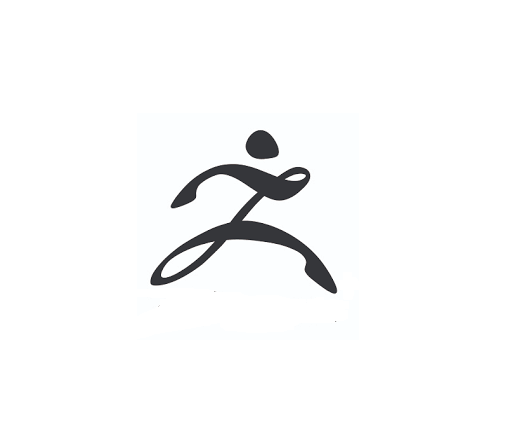
ZBrush is a 3D modeling and sculpting software made by Pixelogic and is the industry-standard for creating hyper-realistic models. It’s what most companies use to create 3D models for video games, movies, tvs and animations.
The software offers tools for digital sculpting, texturing, and painting specifically aimed. It combines modelling, storing lighting, colours, orientations and depth information on the screen, giving you pixel control over designs.
When it comes to sculpting amazing creatures, people, and places, there are no competitors that come anywhere even close to ZBrush.
Zbrush is capable of manipulating models with a polycount of 20,000,000 — making it ideal for detailed, high-poly work.
ZBrush perfectly simulates working with clay in software. You can mould in any dimension to produce fine surface details that are impossible with polygonal meshes.
Customisable brushes for smoothing, curving, clipping, trimming, stroking, and more let you shape, texture, and colour digitised clay down to a tee.
The best feature is ZRemesher, which converts a mesh with messy topology to a neatly arranged structure of quadrangular polygons.
ZBrush has a unique 2.5D painting system that allows users to paint textures and create UV maps directly on the model’s surface. So to get the most out of this software, you will need a graphics tablet with pressure-sensitive pen.
As great as it is for sculpting, it doesn’t have as many features (rendering and animation) as other 3D software, such as Maya or 3DS MAX.
Zbrush is specially designed for professionals and has a steep learning curve as it has prioritized function over form, leaving some aesthetic elements, like the UI, quite disorientating.
Supported Platforms: Windows and macOS
Pricing: It’s somewhat affordable at around $40 per month for a subscription or $900 for a perpetual license with a lifetime of upgrades.
2. Blender
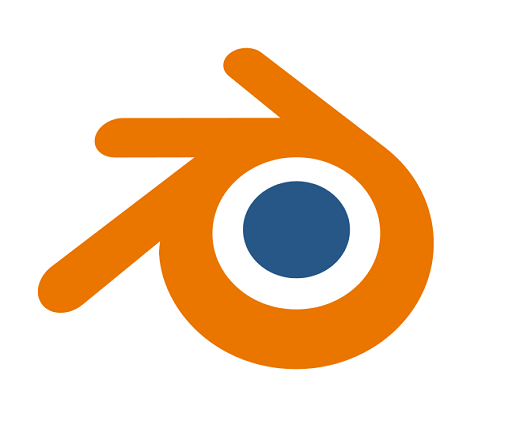
Blender is a famous free, open-source 3D modeling software for creating video games, motion tracking, animated movies, and photorealistic visual effects.
It is a very powerful all-in-one creative tool for many professionals as it provides a comprehensive set of 3D tools and features for 3D modeling, animation, visual effects, etc.
Blender uses polygonal and curve modelling, Its powerful modelling tool allows you to create 3D models from simple primitives to complex curves and surfaces.
It also offers an excellent set of sculpting tools, lets you use dynamic topology to edit clay as if you were sculpting it with your own hands.
Another highlight is UV unwrapping, which allows you to unwrap meshes inside the software and then add image textures (or paint your own) directly onto your model.
Blender excels at rendering, has a great built-in render engine called Cycles, and has a well-known 3rd party V-ray rendering plugin as well.
It also has an intricate rigging and animation system, allowing you to bring characters to life realistically. Plus, with a physics engine included, you can simulate realistic effects such as cloth and fluid dynamics.
Beyond that, you can use the compositor to stitch multiple images together to create stunning visual effects or take advantage of the motion tracking system.
It also supports different 3D file formats that make it easier to export and import designs in different formats.
However, Blender is known for a steep learning curve and is often considered difficult for beginners. But thanks to its active online community, beginners can always find help throughout the sculpting process should they need it.
Supported Platforms: Blender is cross-platform, it runs on Windows, macOS, and Linux machines.
Pricing: free and open source
3. 3Ds Max
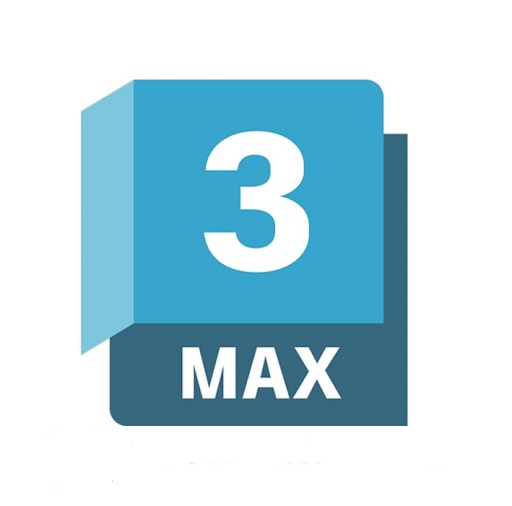
Autodesk’s 3DS Max is an industry-standard solution for architectural visualization, motion animation, scene design, and just about everything between.
3DS Max has the best spline system in the industry, which allows for easier control of points to create lines and shapes.
It also has the ultra-convenient poly modifier that make the process faster when modeling 3D objects, which is a great help for designers.
With 3ds Max you can easily create complex 3d models and maps. Whether you want to create virtual environments or interface designs, 3DS Max allows you to easily manipulate shapes, lighting, textures, and more.
The rendering quality is just amazingly stunning, even on it’s own rendering engine, Arnold, couple it with third-party V-Ray rendering plugin, it makes object render output even more elaborate.
The software also provides a gigantic library available that provides access to countless functions that can make the process of modeling less tedious. Many of these models also make things easier for beginners.
The interface is easy to understand, but also requires a level of expertise to run the software.
With its intuitive interface, easy-to-learn controls, and a rich library of resources, it has become a favorite among artists, designers, and architects around the world.
Supported Platforms: It’s Windows only.
Pricing: Subscription Prices range from $215/month to $1700/year.
4. Maya
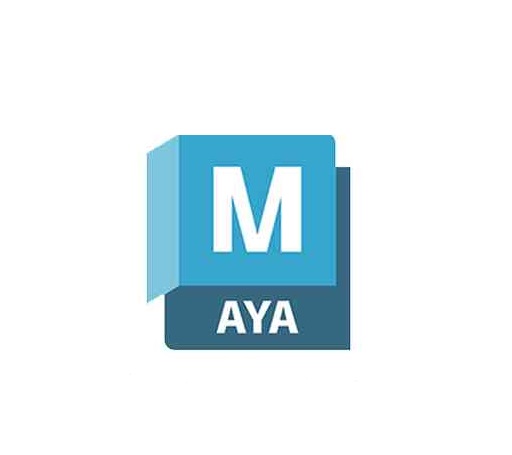
Autodesk’s Maya is similar to 3DS Max, but more setup for character modeling, rigging, and animation workflows.
This award-winning software is geared toward professionals and is primarily used across the TV, film, and video game industries. It has been used in everything from Hollywood blockbusters to triple-A video games, and everything in between.
Maya is reliable at modeling, texturing, lighting, animation, and rendering — its vast feature set includes particles, hair, solid body physics, cloth, fluid simulations, and character animation. The amount of detail you can achieve is quite impressive.
Autodesk Maya comes with a powerful range of deformers for bending, sculpting, twisting, and manipulating models, letting you change your mesh and see how manipulations affect objects.
Mayay is great for creating both organic models and hard-surface modeling. It offers huge control over the textures, materials, and configurations using the node editor.
Maya has the ability to integrate with other software such as MotionBuilder and Mudbox, allowing for more deft polygon sculpting, and letting you reap the benefits of two types of modeling software from a single application.
The render quality on videos made with Maya is amazing. It has enough features, options and presets to help you create great pieces faster.
Additionally, its scripting and API capabilities allow for further customization and automation of tasks.
Maya has a steep learning curve, but there are ample resources available online to help users master the software.
Supported Platforms: Maya is perfect for all Windows, macOS, and Linux users.
Pricing: Maya will cost you $215 per month or $1700 per year. It also offers a 30-day free trial.
5. Cinema 4D
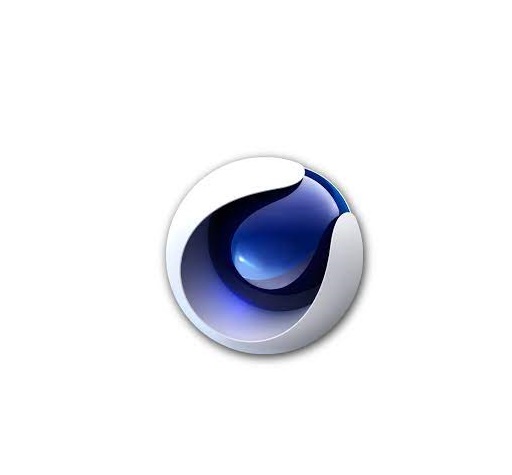
Cinema 4D is a fun, artist-friendly 3D modeling software used in the film and television industry.
Its intuitive interface makes it easy to learn, even for novice users, and its comprehensive toolset means that there is something for everyone.
With Cinema 4D’s procedural and polygonal modeling toolset, it’s easy to craft everything from cars to creatures. It also has volumetric modeling, which is a superb feature for creating smooth solid forms.
Cinema 4D offers an extensive collection of 3D models and animation presets, that allow users to quickly and easily produce high-quality animated videos.
With its MoGraph toolset, it is much faster to control, layer, and link effects to each other.
It features advanced UV mapping, placement tools, scene manager, soft body simulation, and rendering which makes it an industry-leading 3D software.
You also can further expand your limits with third-party render engines such as RedShift or V-ray to create more realistic renders.
In addition, you can integrate your work with Adobe After Effects to implement 3D designs into media forms.
Whether you are creating animations for video games or designing characters for visual effects in movies, Cinema 4D has all the tools you need to get the job done.
Supported Platforms: Cinema 4D is available for Windows, Mac, and Linux.
Pricing: Cinema 4D costs $94 per month or $719 per year.
6. Rhino 3D
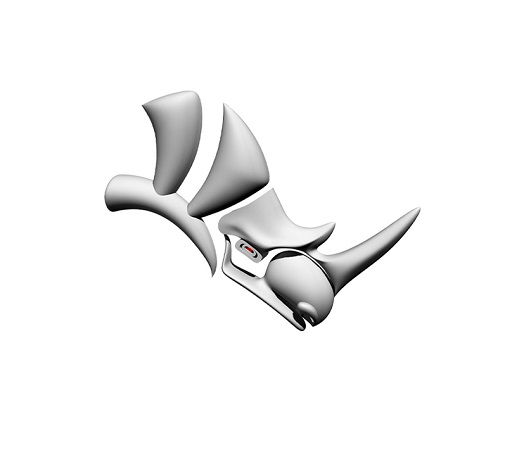
Rhinoceros, otherwise known as Rhino 3D, is a well-known CAD software widely used in the architecture, jewelry and object design, engineering, automotive design, prototyping, and even graphic design.
Rhino 3D is known for its advanced 3D modeling capabilities that allow users to create complex and accurate models of various objects and shapes.
Based on NURBS geometry, It has a variety of tools and functions for creating and editing curves, surfaces and solids, as well as tools for Boolean operations such as concatenation, intersection and subtraction.
It also features one of the best parametric modeling plugin, Grasshopper3D, as a now-standard part of its core.
Rhinoceros has an internal renderer that features a good quality result. It also supports popular third-party rendering engines like V-Ray.
The software is very powerful, and it can manage modeling very complex and big projects so that you can create any shape you want with high precision and details.
Additionally, the software is compatible with most 3D software to help you import and export your model in multiple formats.
Rhino is somewhat lacking in the exactness and precision available in other 3D tools such as Revit. There are better options on the market for creating a true-to-life 3D representation, such as for modeling architectural plans.
However, when used for concepts and illustrative renderings that do not need to be built to scale, Rhino is a great 3D tool.
Supported Platforms: Rhino 3D is available for Windows and Mac OS.
Pricing: The licenses between $700-1000 and a free 90-day trial.
7. Sketchup
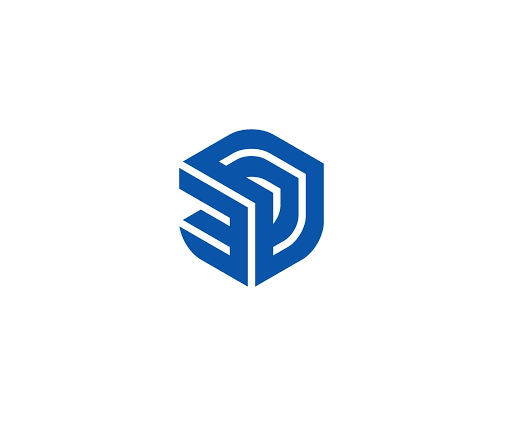
SketchUp is a popular CAD software that can be used to create any type of models, although it’s particularly well known for its furniture, interior, and landscape design modeling.
One of SketchUp’s biggest strengths is its intuitive interface and simple tools. Even for beginners, it is simple to understand, manage and use.
All the tools and functions required for modeling, editing and manipulating 3D objects are included in the well-organized toolbar.
You can create 3D models with ease. The drawing, extruding, moving, rotating, copying, and scaling tools make 3D manipulation a breeze.
It also includes a library of prefab components such as doors, windows, and furniture that can be easily added to models.
In addition to modeling capabilities, SketchUp also includes several visualization tools, such as a review tool and a rendering program, that allow users to create high-quality model renderings and presentations.
It also includes several collaboration tools, such as the ability to import and export files in different formats, making it easier to collaborate with team members and clients.
However, due to its simplistic approach. The objects may not be as defined and precise compared to other 3D modeling software.
Supported Platforms: Web, Windows, Mac, iPad OS.
Pricing: SketchUp has 3 pricing editions: Go, Pro and Studio, from $119 to $699. A free trial of SketchUp is also available.
8. Houdini

SideFX’s Houdini is a great 3D Animation software and is procedural in its process when it comes to modeling, VFX, and rendering.
Houdini is one of the greatest rivals of Autodesk Maya, It was used to create the sheer volume of dazzling effects in many films like Disney frozen.
Houdini has a suite of tools for creating, shaping and deforming geometry. Many of these tools allow you to take a straight ahead modeling approach in the viewport while others let you work procedurally using nodes and networks.
A combination of these two approaches provides the most flexibility which allows for more creative control and the ability to quickly create many iterations. This allows you to create highly detailed models and characters.
Don’t expect to paint or draw. It’s procedural so you have to use nodes. But you also can tweak each node to change the outcome of your designs in one snap.
Where Houdini really shines is its particle effects system and physics system to create beautiful VFX.
Mastering this software takes a lot of time and patience because its user interface can be trickier than other software applications. To learn it quickly, one must have intimate knowledge of mathematics and algorithms.
Supported Platforms: Houdini supports Windows, macOS, and Linux.
Pricing: Houdini offers several versions and pricing options depending on the user’s project scale and requirements. The cost of Houdini varies from $269 to $4,495 annually.
Houdini Apprentice is a free version which can be used by students, artists and hobbyists to create personal non-commercial projects.
9. Modo
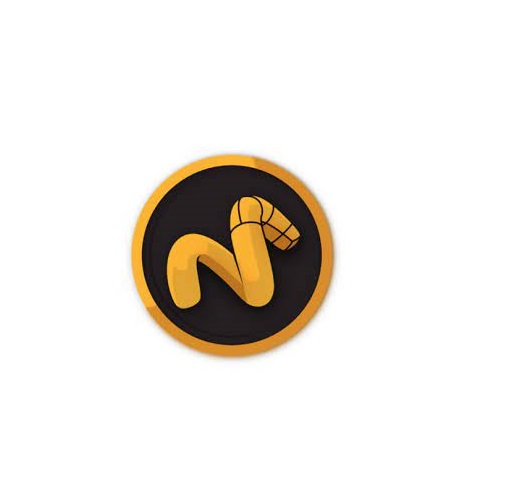
Modo is a 3D modeling, texturing, and rendering software widely used in the design, gaming, and film industries.
Modeling in Modo is a little different from other modeling software because it combines polygon modeling, sculpting, and procedural modeling all in the same environment.
This combination of techniques lets you have a lot of creative freedom in the modeling process and frees you from worrying about the limitations of the program.
It also has an impressive modeling interface, navigation, and toggling hotkeys that are crucial to a smooth work experience.
Modo sports a wonderfully powerful rendering engine that is easily on par with other high-end programs, allowing you to create pro-quality on the fly.
It also integrates with several third-party plugins, making it fit seamlessly into your workflow. There’s a helpful and active user community, with many tutorials and resources available online.
Modo supports a variety of file formats for import and export, This makes it possible to work on a 3D model in Modo and then export it to CAD software for further refinement or manufacturing.
Modo’s intuitive interface and powerful toolset make it a popular choice for creating complex 3D models and impressive visual effects.
Supported Platforms: Modo is available for Windows, Mac, and Linux.
Pricing: You can get a perpetual license—at around $2000—and subscriptions at around $71 a month to $719 a year.
10. Sculptris
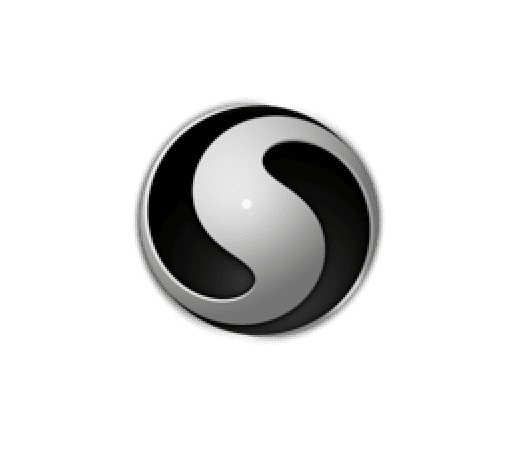
Sculptris provides an easy to use solution for 3D sculpting. Its interface is simple, easy to use and provides a fast, navigable viewport system.
It is free and openly available from Pixologic but is meant to be a transitional tool for getting people interested enough to want to buy ZBrush.
In comparison to zbrush, the tools available are pretty basic but, this is all one may need to sculpt. There are features that will probably never be implemented such as dynamic resolution as can be found in its big brother software ZBrush.
Digital sculptors will admire the fact that Sculptris gives them the ability to precisely mold materials like virtual clay. Additionally, sculptors can add color and life to their digital creations by using paint palettes and brushes.
Sculptris adds new polygons rather than stretches existing ones to depict extra volume on surfaces so that there is an even distribution.
It has a wide variety of starting shapes, so you do not have to start from scratch. The GUI is also easy to learn. The symmetry feature makes modeling bodies and faces very easily.
Painting details from textures you choose to use. Scales, human skin e.t.c are obtainable at considerably good quality using this technique.
However, at times rendering can be slow. Also, the software is not very customizable.
Sculptris allows for easy organic sculpting, as well as the ability to export as STL or OBJ files for 3D printing or further editing in other programs.
Sculptris is a great tool to start with for those new to digital sculpting. Plus, You are still able to create some incredible designs with it.
Supported Platforms: Sculptris is available for both Windows and macOS.
Pricing: free
11. Mudbox
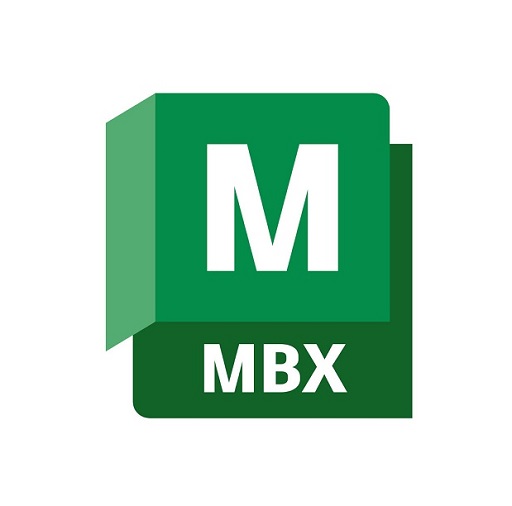
If you’re looking for affordable and professional digital sculpting software, Autodesk’s Mudbox might be for you. Great for everyone who can’t afford expensive programs like ZBrush.
Mudbox is mainly used for high-resolution digital sculpting, texture painting, displacement, and normal map creation. It allows you to create highly detailed 3D models, characters and environments using amazing digital tools.
The Workflow of Mudbox is similar to that of traditional sculpting with clay that entails adding extra polygons. But the difference is, the sculpting tools of Mudbox makes it easier for one to add details that are much harder to achieve.
Models created with Mudbox start as a polygon mesh that can be manipulated with a variety of different tools.
You can increase polygon counts on the fly, set up layers, and gradually adjust your 3D models until they are absolutely perfect. Then, built-in functions create textures, paint colors, correct meshes, and produce Normal maps.
Mudbox has a friendly, simple and intuitive interface. It’s used by many artists and 3D modelers who need to create advanced models organically.
One of its main advantages is the workflow with Maya, is perfect. You do not have problems with UVs and unwrap.
Its weaknesses are that it doesn’t have many preset brushes, and it doesn’t have as many sculpting tools as other sculpting packages like ZBrush.
Supported Platforms: Mudbox runs on Windows and Apple macOS.
Pricing: $15 per month, $100 per year.
12. Fusion 360
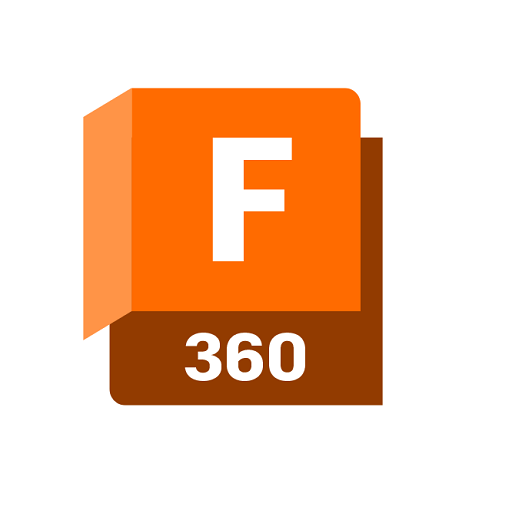
Autodesk’s Fusion 360 is a 3D modeling, design and calculation software that combines CAD, CAM and CAE tools in a single system.
It’s widely used in industrial 3D modeling of mechanical and electrical parts, but can be used to create any kind of model you like, such as furniture designs.
It lets you use direct, surface, mesh, and freeform modelling. Still, the most helpful compatibility is parametric modelling for changing an entire design when one-dimensional value changes, which slashes design time.
It also offers a sheet metal modeling tool, which allows you to flatten, bend, and edit sheet metal designs. Thanks to its integrated CAM environment, Fusion 360 allow supports the manufacturing process.
The Machining Extension includes advanced simulation tools that can help users optimize their machining processes, reduce cycle times, and avoid costly mistakes.
The best feature of Fusion360 is that it is a cloud-based platform, so a group of people can work on the same model. It also stores all the files on cloud which comes in handy if you are moving computers at your workplace.
It comes with easy to understand UI, All basic features are available within reach, making it accessible for users of all skill levels.
Supported Platforms: Web, Windows and macOS.
Pricing: It is free for personal use, although you’ll need to pay if you want a commercial license at $545 /year.
Conclusion
3D modeling is a fascinating and rewarding skill that offers endless possibilities for creation and design.
Whether you are interested in creating 3D miniatures or pursuing a career in 3D modeling, mastering the basics of 3D modeling software and techniques is the key to unlocking your full potential.
Choosing the right 3D modeling software is a tough decision, especially when all of them have mostly similar basic features.
With the help of this guide, you’ll be able to choose the right software and start your journey towards becoming a skilled 3D modeler.
If you’re still unsure which one to choose, We do recommend watching some videos on each program before you commit to see it is for you. You may even test two or three applications to determine which one works best for you.
Talk to us if you have questions or concerns with these tools. We will be more than willing to help!
FAQs
What is the best free 3D modeling software for newbies?
If you’re looking for free 3D modeling software, it doesn’t get any better than Blender. It is free but powerful for 3d modeling, texturing, animation and rendering.
Should I learn Blender or Maya first?
It simply depends what your needs are.
Considering the price and the support of the community, Maya is advised for big companies and studios. They can not only afford the 3D software but also need really advanced tools.
Being free makes Blender a great starting point for beginners, and its rich tools allow you to achieve the quality of modeling and sculpting that is not worse than in Maya.
Blender is a great solution for small-scale use in studios, for freelancers, and for hobbyists.
Do I need a graphics tablet for 3D modeling and Sculpting?
You don’t necessarily need a graphics tablet for 3D modeling and Sculpting, but it can certainly be helpful. It depends on your personal preference and workflow.
Many 3D artists use a combination of a mouse and keyboard to create their models. However, a graphics tablet can provide more precision and control, especially when it comes to digital sculpting and painting textures.
One of the main reasons that drawing tablets are so useful for 3D Modeling, Sculpting and painting is the incredible level of pen pressure sensitivity they’re capable of.
With pen sensitivities routinely going as high as being able to recognise as much as 8,192 levels of pressure, you can get truly granular with line thickness and shape.
What is the best software for 3D rendering?
There are a lot of software that is used for rendering 3D scenes. But it depends on the type of project that you are working and how you want to render your scene.
For example, if you were to render an animation for film, you would often use path-tracing renderers that render scene.
A few popular options are Arnold Renderer, Maya’s third party rendering software, or Blender’s cycles. All are great for 3D environment render and both are shipped with the 3D software itself.
You could also try a few outside rendering software such as RedShift or VRay as both are strong renderers for realistic rendering.
Another example, if you want to render 3D games with very high quality, then ray-tracing engines from game engines, like UE or Unity for example, are great options.

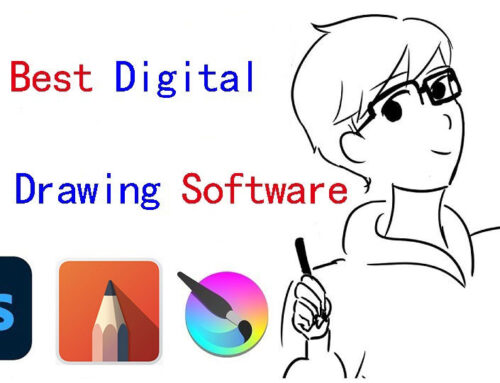
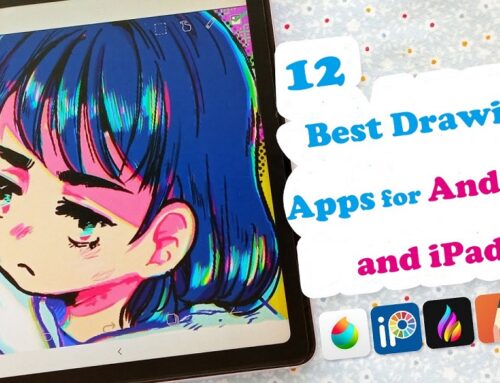
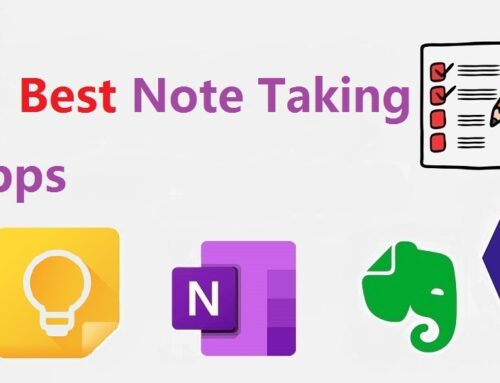

Blender is good and all until you have pretty heavy obj, never been stable enough for me tho, as for the shortcuts you can remap everything as u like in any software, for efficiency purpose.
I really like maya once you know your way it’s pretty fast. As for organic modeling everything is done in Zbrush and I retopologize inside maya.
Houdini is great if you have a really solid base and want to experiment with procedural modeling.